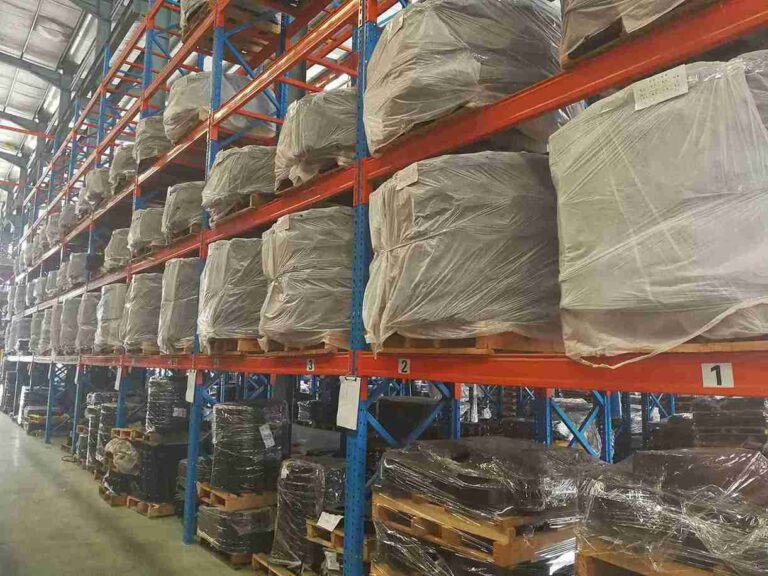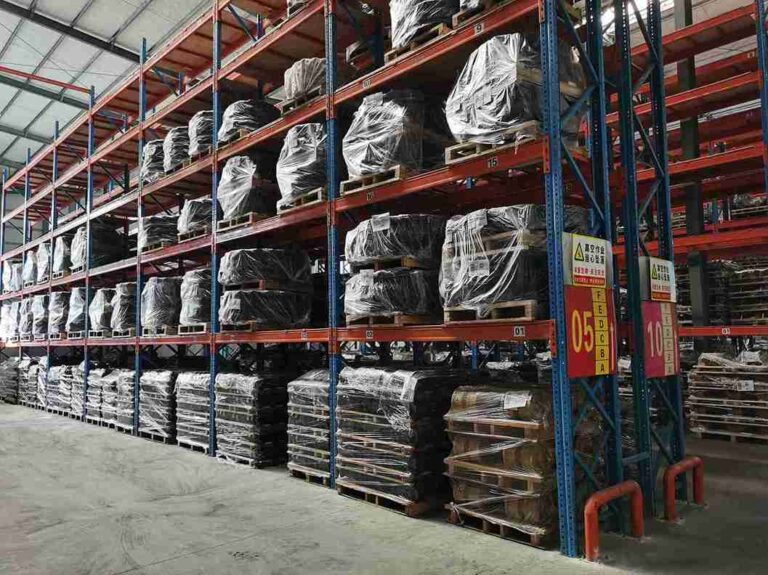📐 "First 50 Enterprise Queries Get Custom 3D Warehouse Design" Plan

Introduction: The High Stakes of Proper Beam Racking Installation
Every year, warehouses suffer costly accidents, structural failures, and OSHA violations due to beam racking installation mistakes. These errors don’t just lead to damaged inventory—they put workers at risk and can shut down operations entirely.
This definitive guide reveals the most critical beam racking installation mistakes, how to prevent them, and proven strategies for building a safe, high-capacity storage system. Whether installing selective pallet racks, drive-in systems, or push-back racks, this resource ensures flawless execution from planning to post-installation inspections.

H1: The 7 Deadly Beam Racking Installation Mistakes That Could Cost You Thousands
H2: Mistake #1: Skipping the Floor Assessment (A Silent Rack Killer)
Many warehouses assume their floors are level—until beam racking installation mistakes cause racking misalignment, load instability, and premature wear.
H3: How to Fix It:
✔ Conduct a laser-leveled floor survey before installation.
✔ Use adjustable base plates or epoxy leveling compounds for uneven surfaces.
✔ Reinforce high-traffic zones with concrete footings (critical for heavy-duty racks).
H2: Mistake #2: Guesswork on Beam Spacing & Load Distribution
Beam racking installation mistakes often stem from incorrect spacing, leading to:
- Overloaded beams bending under stress
- Collapsed bays from uneven weight distribution
- OSHA violations for exceeding rated capacities
H3: The Right Way to Space Beams:
✔ Follow the RMI (Rack Manufacturers Institute) load tables precisely.
✔ Never exceed manufacturer-specified bay widths.
✔ Use load capacity plaques on every bay (OSHA 1910.176(b) requirement).
H2: Mistake #3: Ignoring Upright Frame Alignment
A 1-degree tilt in upright frames can cause:
➔ Progressive rack sway under dynamic loads
➔ Forklift collisions from misaligned aisles
➔ Catastrophic rack collapses during seismic events
H3: Alignment Best Practices:
✔ Use digital inclinometers (not bubble levels) for precision.
✔ Install cross braces and horizontal struts per engineering specs.
✔ Anchor baseplates to concrete with expansion bolts (minimum 3,500 PSI concrete).
H1: The Hidden Dangers of Improper Beam Racking Installation
H2: Why “Close Enough” Isn’t Good Enough
Many warehouses make beam racking installation mistakes by:
- Mixing incompatible components (e.g., different brands’ beams & uprights)
- Reusing damaged beams (even small dents reduce load capacity by 20%+)
- Ignoring torque specs (under-tightened bolts loosen over time)
H3: The Domino Effect of Poor Installation:
1️⃣ A single misaligned beam shifts loads unevenly
2️⃣ Adjacent beams fatigue faster from stress concentrations
3️⃣ Eventually, total rack failure occurs without warning
H1: The Gold Standard for Beam Racking Installation
H2: Pre-Installation Checklist (Non-Negotiable Steps)
- Floor Flatness Test (≤1/8″ variance per 10 ft)
- Seismic Zone Evaluation (Anchoring requirements vary by region)
- Forklift Clearance Mapping (Aisles must accommodate turning radius)
H2: Installation Phase: Precision Matters
✔ Beam Connectors: Must engage minimum 3.5″ into upright frames
✔ Torque Settings: 45-50 ft-lbs for most M12 anchor bolts
✔ Plumb Tolerance: ≤1/4″ deviation over 10 ft height
H2: Post-Installation Safety Protocols
- 72-Hour Stress Test: Gradually increase loads to 110% capacity
- Laser Re-Alignment Check: After first forklift impacts
- Annual Rack Inspections: By RMI-certified professionals
H1: Case Study: How One Warehouse Lost $250,000 in 10 Seconds
A Midwest distributor ignored beam racking installation mistakes, including:
❌ Unanchored uprights (to “save time”)
❌ Mixed beam brands (from different suppliers)
❌ No load capacity signs
The Result:
- A fully loaded rack collapsed during peak hours
- $180K in damaged inventory
- $70K OSHA fines + 3-week shutdown
The Fix:
✔ Full teardown & re-installation by certified engineers
✔ Implemented bi-annual rack audits
✔ Now enjoys zero incidents in 4+ years
H1: Conclusion: Don’t Gamble With Rack Safety
Beam racking installation mistakes are preventable with:
✅ Meticulous planning (floor prep, load calculations)
✅ Precision tools (laser levels, torque wrenches)
✅ Ongoing maintenance (inspections, employee training)
For certified installation services or rack safety audits, contact our warehouse engineering team today.
H1: Frequently Asked Questions (FAQs)
H2: How much does fixing beam racking installation mistakes typically cost?
- Answer: Corrections range from 50,000+ for complete rebuilds after collapses.
H2: Can I install beam racking without anchoring to concrete?
- Answer: Never. Freestanding racks are only for light-duty applications under 1,500 lbs per bay.
H2: What’s the #1 overlooked beam racking installation mistake?
- Answer: Ignoring beam connector engagement depth—the leading cause of sudden dislodgements.
H2: Do I need an engineer’s approval for rack modifications?
- Answer: Yes. Any reconfiguration (added beams, increased height) requires stamped engineering drawings.
H2: How do I train staff to spot early warning signs?
- Answer: Teach them to identify:
➔ Beam deflection (>1/180 of span length)
➔ Cracked welds or loose bolts
➔ Upright column damage (even minor dents)




